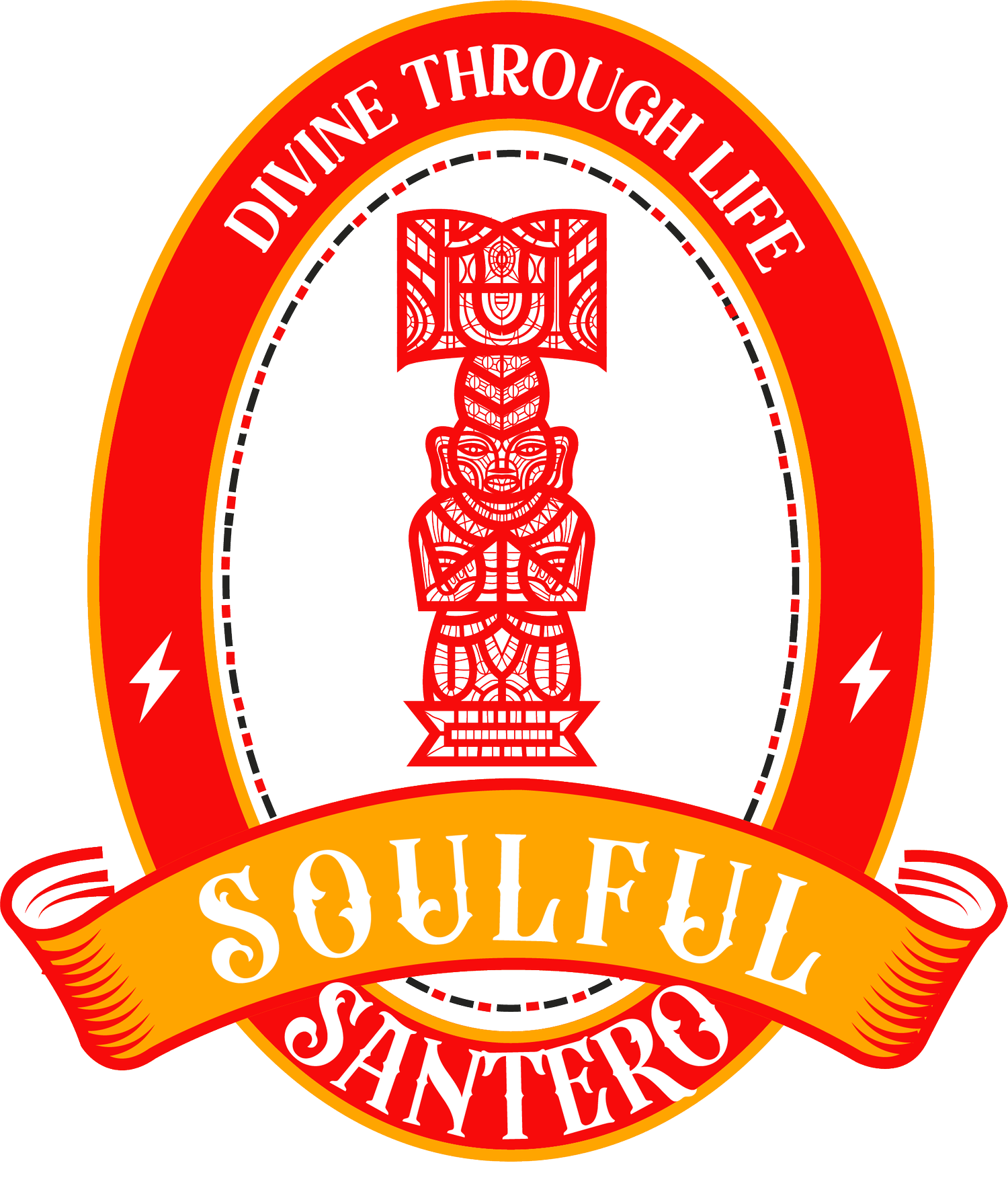WHY I TEACH HOODOO
A few years back, I reconnected with my college academic advisor. When we got around to talking about the state of the school and the trends he saw in education. Generally, he started to really lament how much things had changed with the quality and character of students since my class graduated. A little context is important here: if you know much about liberal arts curricula pedagogy, its core prerequisite is intense critical thinking and writing skills. He said shortly after we graduated, he could tell that the educational philosophy and approach shifted in grade school. Kids were being educated to pass tests, not really to write anymore. When he went to his class, he said many needed help stringing a coherent sentence or paragraph together to articulate their thoughts or informed opinions about the work.
Given his students' lack of developed critical thinking muscles, he was prompted to go back to the drawing board and reconfigure how he taught. He said, and I agree, that writing and rhetorical skills are pivotal to academic excellence and critical thinking. But he painted a grim picture of the future of American education.
That conversation stayed with me for years, especially when I got to the point in my development where I considered becoming a public instructor. Before I made that choice, however, I took several courses over time. Partly because I like to learn and partly because I wanted to see how others taught what they taught. Many people teach the material well, like how to go to Barnes and Noble and find excellent introductory books on Wiccanism. The material was solid and, if absorbed well, would give a person knowledge.
However, gaining knowledge and manipulating data is one thing. Learning to practice art, thinking beyond correspondence lists, and adapting art to less ideal situations are teaching talents only some have. They don’t. I know this because in some classes I took, when I would ask a question, going deeper with the material and maybe thinking beyond the confines of the class data, some teachers struggled. Very few admitted that what was being asked by myself or someone else was something they didn’t know. Teaching is not easy, but teaching how to think critically is even more challenging!
I was in a work training this week, and the presenter was talking about how, in short, we must all protect the Protected Health Information in our grasp, or we could get fired. This conversation concerned a new documentation system being implemented in the next couple of years. He noted an issue with the new system where searching for patients brings up every single patient with that name or similar name in the system. If we in any way click on the wrong name and stay in that chart for over a few seconds, we could lose our jobs.
Naturally, I raised my hand and asked, “So, if you know the new system is going to have a vulnerability where a large number of employees who have never used it can easily open the wrong patient file, wouldn’t it stand to reason that you would engage the vendor and insist they correct that?”
He responded that he was not the person who deals with quality issues. LOL!
Not thinking critically or not having the learning space to figure out how to do it can be disastrous. It can also set us up for failure before we even begin to learn a tradition such as Hoodoo. My classroom cohorts are not like this. I not only encourage but also empower any and all questions, including challenges. My skin in the game is to create and nurture virtual learning communities where nothing is out of bounds; people walk away with an understanding of the tradition AND how that tradition, by its nature, thrives and evolves on innovation. Yes, you learn the correspondences, but you also know all of those lists for whatever are means to an end and not the end itself. Hoodoo was built to uphold underrepresented communities through the worst of times so people, their families, and their communities would emerge as intact as possible when it became the best of times.
If this challenge excites you at the possibilities, I warmly invite you to join me in the next cohort of “Working the Roots.” You’ll be glad you did!
The link to the newest cohort is here: https://www.theblackthorneschool.com/courses/working-the-roots/.
